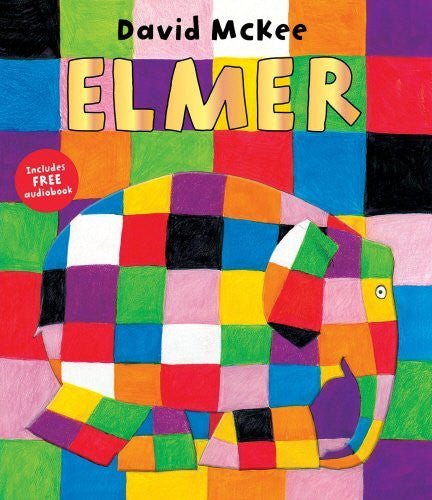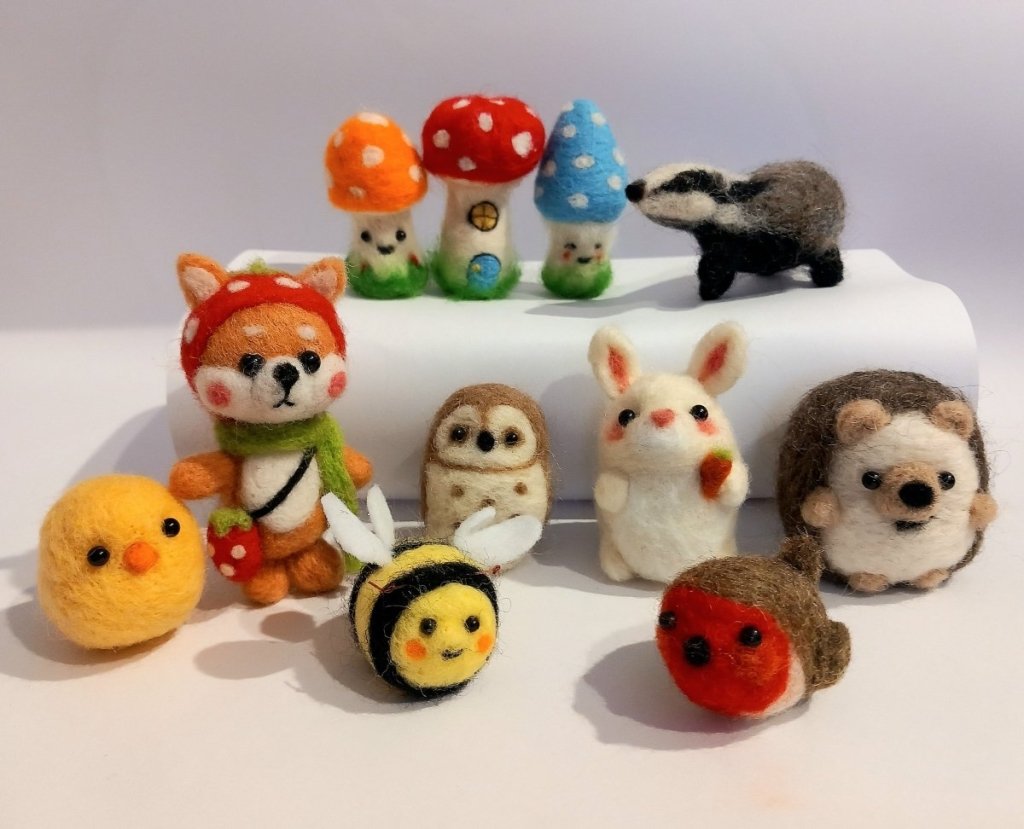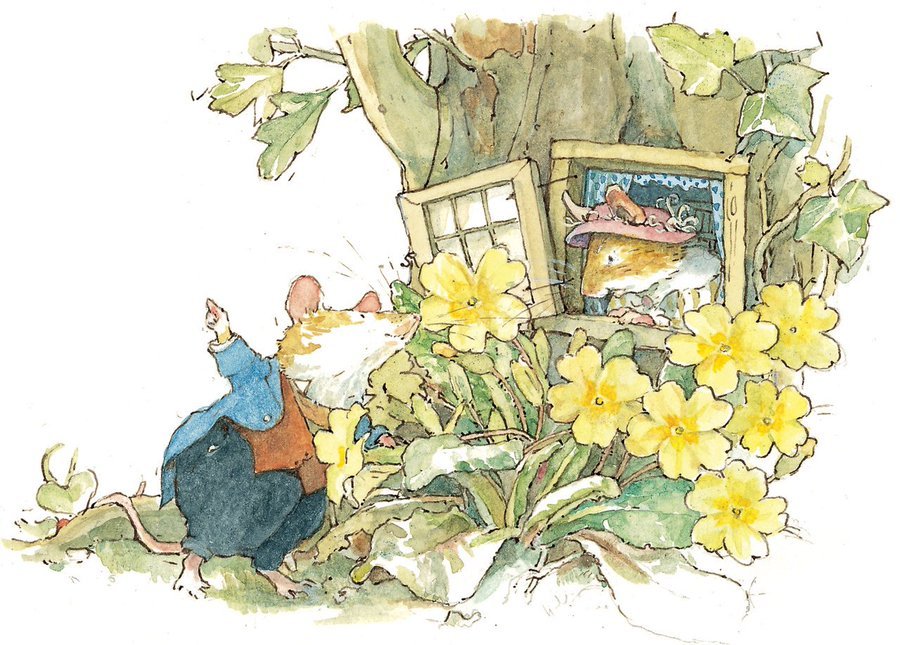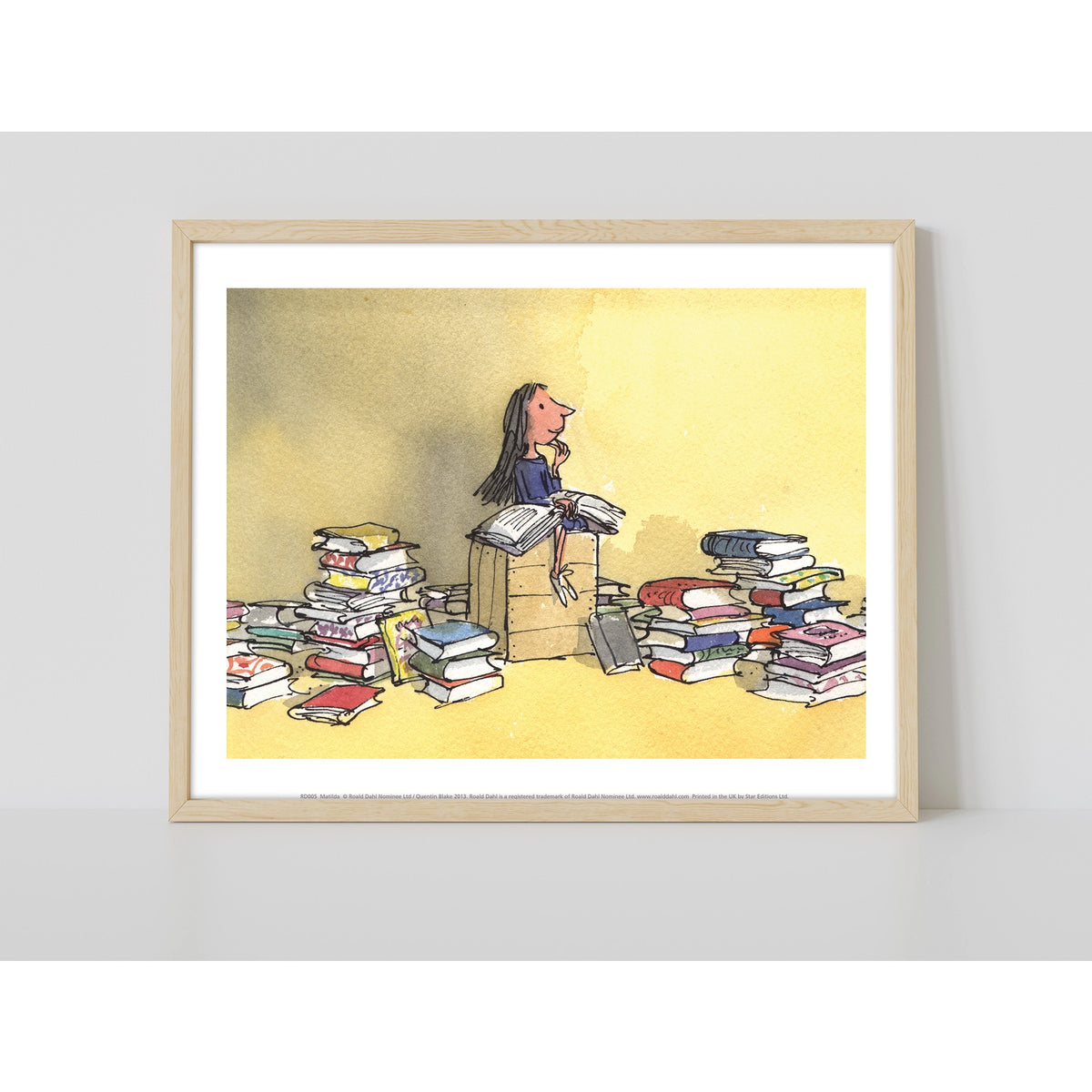Remembering When: 5 Interesting Facts about Childhood Memories

There are some childhood memories that we carry with us always, whether it’s the memory of a pet, a family holiday by the sea, or a favourite picture book. Then there are plenty more childhood memories that fade with time. But what determines the memories we keep and those we leave behind? As always with the human brain, there are numerous factors at play. Here, we take a look at 5 of the most interesting facts about childhood memories.
Picture books such as David McKee's Elmer feature strong lines, colours and textures which can stimulate recognition memory in a young child.
1. Infants have memories too (in a way)
The chances are that your earliest memory is not really your earliest at all – it’s just the one that’s lasted the course. The brain actually begins to develop memory from the time we are infants still in the cradle. This is called ‘recognition memory’ and it allows babies to recognise certain sounds and sights such as our parents’ voices and faces. Some researchers believe recognition memory is so powerful that it can stay with us well into adult life. While we may be unable to recall these memories with clarity, certain sights, sounds, colours or smells can still trigger a response that can directly connect our adult selves with certain experiences we first had when just wee tots.
2. Six-month old babies can remember words
What’s known as ‘working memory’ relates to one’s ability to understand and learn. This generally begins when we are just 6 months old. Though still largely without language, it’s believed that a child of that age will have a basic understanding of certain words such as ‘mummy’, ‘daddy’, ‘peek-a-boo’ or ‘din-dins’!
3. Babies can understand basic concepts after their first year
By the time they enter their second year, babies have already begun to develop what’s known as ‘semantic memory’. This relates to their ability to understand concepts such as ‘let’s go for a little walk’ or ‘look at the dog playing with the ball’. Memories formed in this period can be quite strong. Research shows that children between the ages of 4 and 7 can readily recall events from when they were just a year and 8 months old. Unfortunately, these memories mostly fade as the child grows (typically disappearing by the age of 7), which is attributed to the fact that the child hasn’t yet acquired the ability to place those memories in context (see number 5 below for more on this).
4. Between the ages of two and seven, emotions play a greater role in memory
Children are more likely to remember moments that create an emotional response. Image: Guess How Much I Love You by Sam McBratney.
According to Carole Petersen, a professor of psychology at Memorial University Newfoundland, one of most important things in determining whether a memory survives or not is the emotion it has attached to it. This is because between the ages of 2 and 7 a child’s brain is busy soaking up as much information as possible. It’s a hugely important time in a child’s development and, as any parent will probably tell you, children of this age are curious about just about everything. Indeed, some studies report that the average 4-year-old asks about 437 questions per day! Naturally, this means that there’s a lot of incoming information for a young brain to process, and so the things that tend to stick generally have a strong emotional appeal. That’s largely due to the fact that when a person (adult or child) experiences an emotional moment or event, the brain releases the neurotransmitter dopamine, which makes it easier for the person to recall that moment with greater accuracy as they grow older.
5. From age seven, children use stories to improve and order their memories
Remembering is really an act of storytelling. People often need to creatively fill in certain gaps so they can complete the narrative of an event so that it makes more sense to them over time. However, children below the age of 7 have less developed narrative skills and so struggle to keep their earlier memories in later life. This all changes as older children begin to acquire a greater command of language and context since these things help them anchor their memories on more specific details relating to time and place. In essence, the memory is stored in the brain as a kind of story in which the person remembering is the central character. According to the American Psychological Association, remembering the past in this way helps to reinforce a person’s independence and plays a vital role in allowing them to respond confidently to the world around them with their own thoughts and feelings.
Stories can play a powerful role in developing a child's skill to empathise with others. Image: Findus Goes Camping by Sven Nordqvist.
The takeaway: All stories are really part of your own story
Psychologists believe that reading stories to children at an early age can help develop a child’s narrative skills. This is because stories help stimulate parts of the brain that can place the reader/listener in the role of other characters in the story (this is known as neural coupling). Storybooks that feature strong images or illustrations alongside the text may be even more effective as the brain processes images some 60,000 times faster than it does text.
And there you have it. So if you’ve ever wondered why you still remember and love the stories and characters from your childhood, it’s probably because they engaged your mind during its most intense period of development. You might even say that instead of simply letting them into your life for a visit, you were inviting them to set up a little home.
Re-live or recreate your own childhood stories - browse a selection of our illustrated books here.






